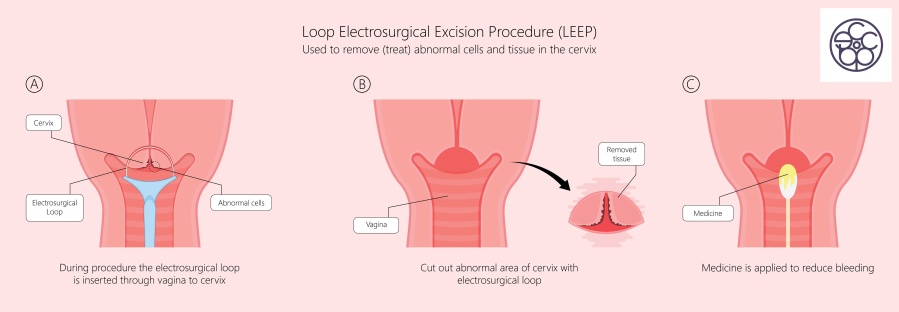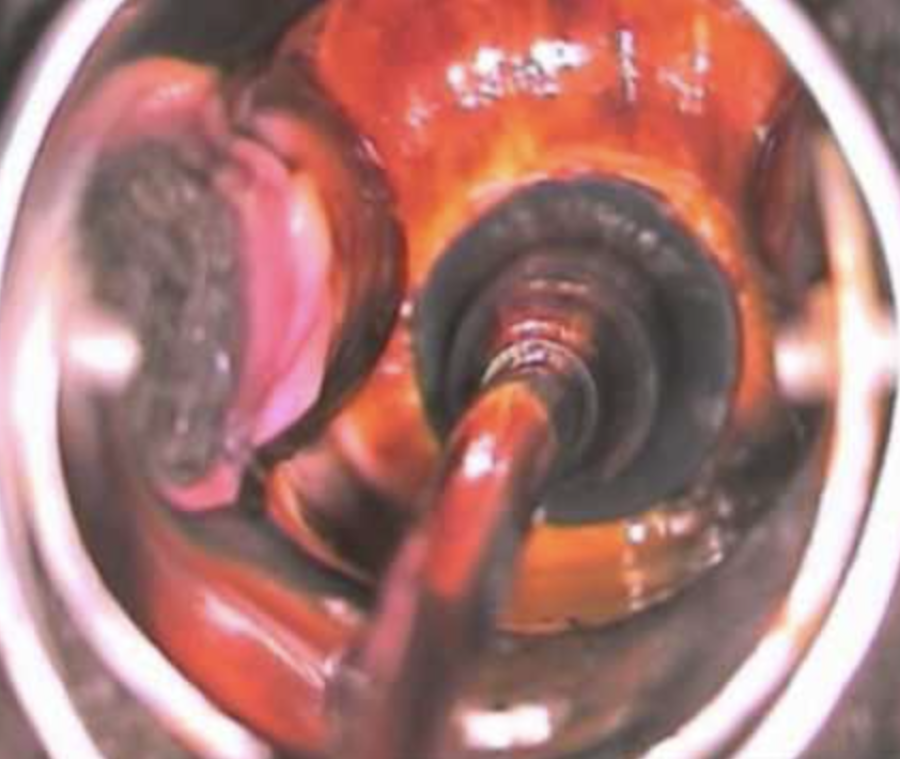How can CIN be treated?
There are a number of different ways that pre cancerous changes or CIN can be treated. The treatment options available are either to remove a small part of the cervix or neck of the womb (called excision) or to treat by heating the tissue (called ablation).
Treatments which include excision
Cervical cone biopsy has been used since the 1960s. A laser can be used to cut the cone as an alternative to a surgeon’s knife.
You may have heard of ‘loop treatment’ as this is the commonest way of treating CIN today. The full name for the procedure is ‘Large Loop Excision of the Transformation Zone’ or LLETZ for short. The abnormal area is removed using a wire loop through which an electric current is passed. This can usually be performed after you are given local anaesthetic to ‘numb’ the cervix. LLETZ is a simple and safe technique which gives excellent results. Treatment can be offered at the first visit and if your clinic offers this service then you will be advised in advance in the documentation about your clinic appointment.

Treatments which include ablation
These treatments do not involve the removal of tissue from your cervix but destroy the abnormal changes in situ. If ablation is chosen for your method of treatment a small biopsy is required at the first visit and when the result of the biopsy is available, you will be offered a further appointment to return and then have your treatment. The commonest of these treatments is called thermal ablation or cold coagulation but some clinics have access to a laser for this.

Check these information leaflets
Which treatment?
The reason for choosing one treatment instead of another depends on whether this is your first treatment, the site or size of any abnormality or the exact microscopic appearance of the pre-cancerous abnormality (CIN 1, 2 or 3, cGIN). Not all situations are suitable for ablative treatments. If selected carefully, all treatment methods are highly effective.

